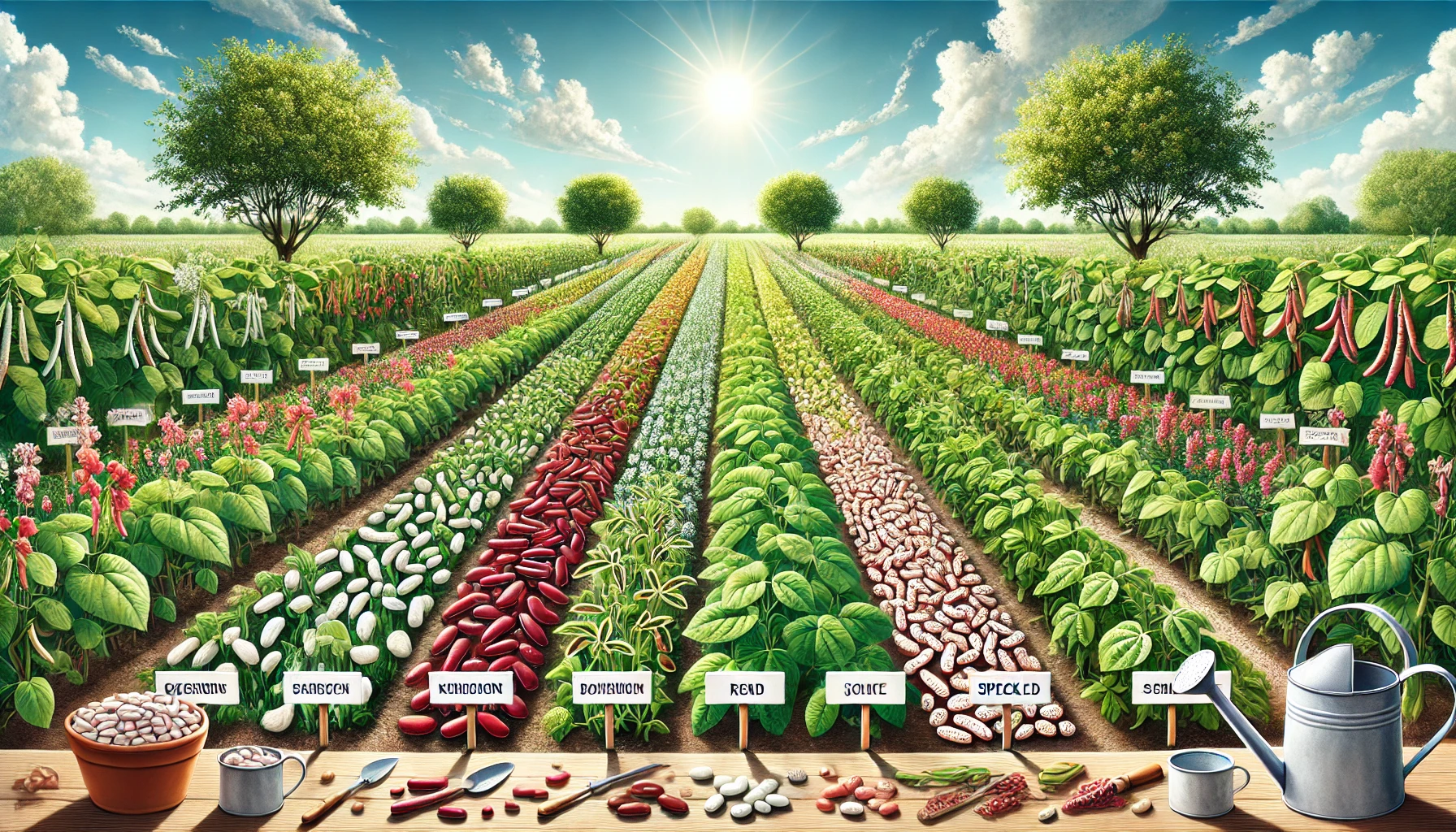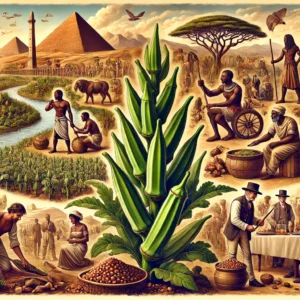Kidney beans are a popular legume known for their distinctive kidney shape and versatility in cooking. They come in several varieties, each with unique characteristics and uses. Understanding these varieties can help gardeners choose the best type for their needs and conditions.
1. Red Kidney Beans
- Specialty: Red kidney beans are known for their vibrant red color and robust flavor. They are commonly used in dishes like chili con carne and salads because of their firm texture, which holds up well during long cooking times.
- Advantages of Different Types of Gardening:
- Container Gardening: Allows for easy control of soil quality and moisture levels; ideal for small spaces and urban settings.
- Raised Bed Gardening: Provides better drainage and aeration; simplifies weed and pest management.
- Traditional In-Ground Gardening: Utilizes existing garden space; potentially larger yields due to more extensive root systems.
- Disadvantages:
- Container Gardening: Limited root space can restrict growth; requires more frequent watering and fertilization.
- Raised Bed Gardening: Higher initial setup cost and labor; soil may need to be replaced or refreshed periodically.
- Traditional In-Ground Gardening: More susceptible to soil-borne diseases and pests; can be labor-intensive to manage soil quality.
2. White Kidney Beans (Cannellini)
- Specialty: Known for their smooth, creamy texture and mild, slightly nutty flavor. These beans are often used in Italian cuisine, particularly in soups, stews, and salads, due to their ability to absorb flavors well.
- Advantages of Different Types of Gardening:
- Container Gardening: Easy to control environmental factors; suitable for patios and balconies.
- Raised Bed Gardening: Excellent drainage and root development; reduced risk of soil compaction.
- Traditional In-Ground Gardening: Potential for larger plants and yields due to more space for root expansion.
- Disadvantages:
- Container Gardening: Limited space for root growth; higher maintenance for watering and feeding.
- Raised Bed Gardening: Initial cost and effort to build and fill beds; may require more frequent watering.
- Traditional In-Ground Gardening: Greater exposure to pests and diseases; soil preparation can be labor-intensive.
3. Light Red Kidney Beans
- Specialty: These beans are similar in taste and texture to red kidney beans but have a slightly milder flavor. They are versatile and can be used in a variety of dishes, including soups and salads.
- Advantages of Different Types of Gardening:
- Container Gardening: Flexibility in placement and mobility; ideal for small or constrained spaces.
- Raised Bed Gardening: Enhanced soil drainage and aeration; easier to protect from ground pests.
- Traditional In-Ground Gardening: Utilizes garden space efficiently; potentially higher yields with proper soil management.
- Disadvantages:
- Container Gardening: Constrained root growth; increased need for regular watering and nutrient supply.
- Raised Bed Gardening: Requires initial setup investment; soil may need regular amendment.
- Traditional In-Ground Gardening: More prone to weed competition and soil erosion; requires consistent maintenance to ensure soil health.




Pingback: History of Kidney Beans - Backyard Botanist